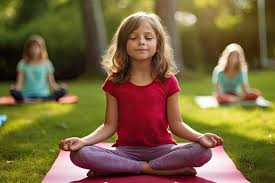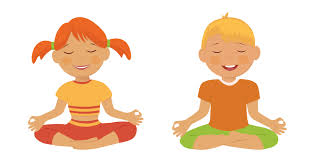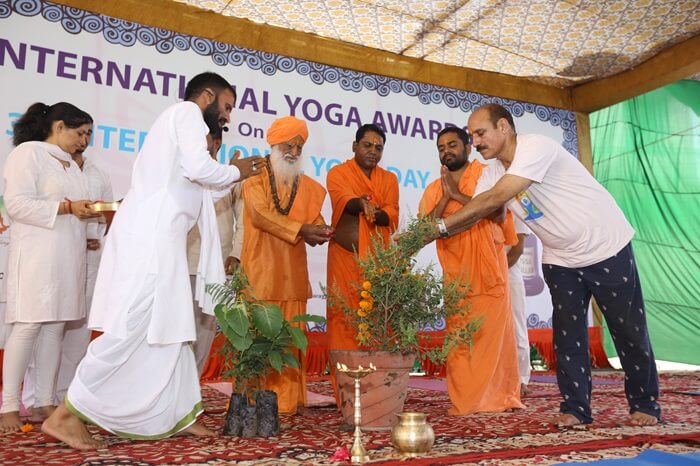Meditation Techniques for Children: A Fun and Effective Approach

Children have a unique perspective on the world. Their minds are like a clean slate, untouched by the complexities and burdens that come with age. Unlike adults, they are not bound by rigid beliefs or past experiences. Their natural state is one of joy, and even when they cry, a smile is never too far behind.
However, today’s fast-paced world presents numerous challenges for young minds. With the constant influx of information and the pressures of competitive environments, children as young as four to eight face significant stressors. Overloaded schedules, complex family dynamics, and inner disturbances make meditation a valuable practice for children, just as it is for adults.
Incorporating Meditation into Children’s Lives

1. Pair Yoga Breathing With Fun Activities
For young children, traditional yoga breathing can seem dull. To engage them, combine breathing exercises with enjoyable activities. Start with a fun mudra and introduce a colorful lotus flower drawing. Explain that the lotus symbolizes beauty and stillness. Demonstrate how the lotus blooms by breathing out and encourage the children to follow along. This visual representation will help them understand the significance of their breath.
2. Tell Stories of Meditation
Children respond well to storytelling. Narrate a story about a beloved character practicing mindfulness, using engaging voice modulations and expressive cues. Maintain their attention by observing their reactions and follow up the story with a few minutes of svanasana and seated meditation.
3. Provide Mandalas for Painting
Most children love to paint and color. Utilize this by giving them mandala coloring books. This activity not only keeps them engaged but also helps them focus. Offer small incentives, such as chocolate coins or colorful pens, for those who complete their coloring within the lines.
4. Introduce Mantra Chants
Chanting mantras can instill a sense of positivity and purpose in children. Use simple and joyful chants, such as a prayer of gratitude or mantras like “Hare Rama, Hare Krishna.” Tailor the mantra to fit the children’s interests. For example, Jess Rose, a teacher with Do You Yoga, uses mantras like “bless this house oh Lord we pray” and “I am open, I am open, I am open to the abundance of the universe, for I am love, and I am joy” to create a sense of belonging and joy.
5. End with Yoga Nidra
Wrap up the meditation session with Yoga Nidra. Have the children lie down in a row and guide them through this relaxation practice. Ensure they remain awake and attentive throughout the session.
For more information on incorporating meditation into children’s routines and to explore comprehensive training programs, check out our 200-hour Yoga Teacher Training in India, 300-hour Yoga Teacher Training in India, and 500-hour Yoga Teacher Training in India. Additionally, explore our Ayurveda Retreat in India and Yoga Retreat in India for holistic wellness experiences.
Conclusion
Introducing meditation to children can significantly enhance their emotional and mental well-being. By integrating playful and engaging techniques, such as combining yoga breathing with fun activities, storytelling, painting mandalas, chanting mantras, and practicing Yoga Nidra, you can make meditation a joyful and beneficial experience for young minds. Explore our Yoga Teacher Training Programs to gain deeper insights and techniques for guiding children in their meditation journey.















